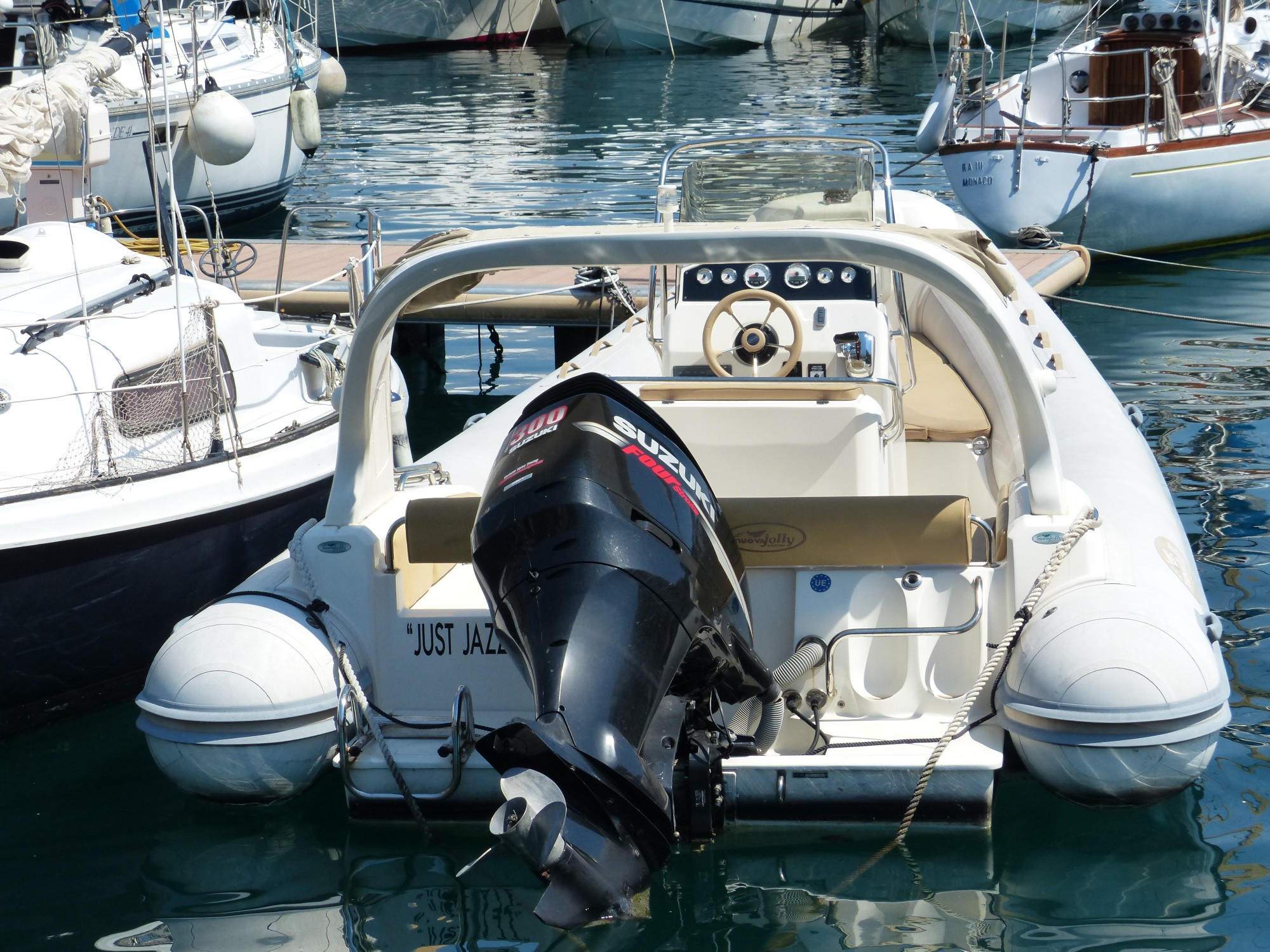If you’re new to boating, there are common outboard motor issues that you should become familiar with. Boat maintenance is essential for relaxing and happy times out on the water. It’s recommended to service your boat engine for every 100 miles of use.
But, even with a regular outboard motor repair, you might come across some of these common problems. Use this guide to recognize these familiar signs to prevent emergency repairs out on the water.
1. Ran Out of Gas
It sounds crazy, but the most common issue of an outboard motor not working correctly is running out of gas. Driving too far and miscalculating the distance to the amount of fuel in the tank can leave you stranded with a motor that won’t turn on.
Remember to plan your trips around the rule of thirds. This means accounting for a third of the total fuel to get to your destination, a third for the return trip, and saving a third for emergencies.
2. Dead Battery
Sometimes the fuel tank is full but the ignition makes a sluggish sound or won’t turn over. This is a sign of a dead battery. Like our cars, a dead battery is often fixed by giving it a jump.
Keeping a jump starter kit in your boating emergency repairs storage is a great idea for safety. If a jump start doesn’t do the trick, you likely need a new battery. For recommended marine batteries, check out relionbattery.com.
3. Wet Spark Plug in Outboard Motor
Spark plugs transfer energy through the motor. If they aren’t functioning correctly, the engine won’t light up. Symptoms of a faulty spark plug include the engine not starting up, decreased power, or cutting out.
A working spark plug appears dry and grey in color. If your boat engine has wet spark plugs, this means water is in the fuel, leaving a white residue. Black, sooty spark plugs indicate an abundance of oil in the fuel.
Running your boat with damaged spark plugs will ruin the marine engine. Ensure your regular boat maintenance includes changing spark plugs.
4. Damaged Drive Belt
A common issue with outboard motors is a damaged drive belt. The sign of a broke drive belt is the overheating indicator light is on. Sometimes the meter indicates that the alternator isn’t receiving a charge.
Without a functioning drive belt, the water pump and alternator can’t work properly. Keep a spare drive belt for emergency repairs. It’s important to keep your marine tool kit tucked into a safe area on your boat so you’re never left stranded or unprepared.
5. Transmission Problems
Marine engine transmission maintenance is different than your regular servicing. These repairs usually require differently trained mechanics. If your boat starts slipping gears or it’s harder to shift into gear, this is the first sign that the transmission is failing.
Leaking oil or seawater causes outboard motor problems by corroding the shifting components. When a clutch slips, it heats up the transmission oil. This oil needs to maintain a regular temperature to prevent gumming up.
Stay Safe On Boating Adventures
You don’t want to get stranded out in the middle of a body of water due to an outboard motor problem. Make sure you follow a regular maintenance schedule to prevent marine engine failures.
Being prepared ensures a happy boating experience for everyone. Learn all you can about safe boating by reading more of our informative articles today!

